BACK TO finalistS
Finalist: Interior Design
PLANT CULTIVATION
SEED:A Salep Orchid Cultivation Center to Support a Sustainable Production Ecosystemcommunity center | ecological | educational SEED is a community center that offers an educational and nature-friendly architectural approach for the protection and sustainable production of the salep orchid plant, an endemic species in Türkiye. Seed means seed and is composed of the initials of […]

SEED:A Salep Orchid Cultivation Center to Support a Sustainable Production Ecosystem
community center | ecological | educational
SEED is a community center that offers an educational and nature-friendly architectural approach for the protection and sustainable production of the salep orchid plant, an endemic species in Türkiye.
Seed means seed and is composed of the initials of the main themes of the project, namely sustainability, endemic/ecological, education, diversity/development goals thus emphasizing the multilayered structure of the project. Salep orchid, a type of orchid, has an important place in Türkiye‘s biological diversity.In the Türkiye Plants Data System (TUBIVES) , 24 genera and 187 taxa are listed in the orchidaceae family. This rich biodiversity shows that Türkiye has significant potential in salep production. The increasing demand for salep orchid in the fields of food, beverage, medicinal and cosmetics brings about the unconscious and excessive collection of the plant from nature. However, expansion of agricultural lands, overgrazing, urbanization and climate change are shrinking the natural habitat of the salep orchid and threatening the existence of the species.
The project, designed to raise social awareness about this situation and to support sustainable production, consists of a cultivation/workshop unit, a gathering/education unit and an accommodation unit.
This project area is located in the Yenişarbademli district of Isparta, one of the important regions where the salep orchid plant grows naturally in Türkiye.The factors such as guiding local producers with sustainable agricultural techniques, providing economic gain and contributing to local development were decisive in the selection of this area. Training and information activities are carried out for local producers, and the cultivation of salep orchid species in a cultural environment is encouraged. Thus, it is aimed to reduce the collection pressure on natural salep orchid populations in Isparta.
The tubers of the salep orchid, which is a multi-tuberous plant are harvested and collected, which is in April-May, when they turn into seeds underground.These harvested tubers are cleaned in SEED’s cultivation area/workshop and stored under suitable conditions. These tubers are seedled in the workshop in the August-September period, and planted in the center’s planting area in September -October .
SEED offers a spatial setup that serves this life cycle of the salep orchid. The main element of the spatial setup is the idea of a ‘module’ designed to serve different stages of the salep orchid cultivation process.
This module is articulated into a fixed structure by reproducing and forms units corresponding to three main functions.It serves different functions such as sprouting, storage and transportation in the cultivation/workshop units; sitting,storage and working in the gathering/education units; and storage, sitting, sleeping/resting in the accommodation unit. Thus modules turn into accessories that serve different purposes in each unit.With this structure, the module both produces units that create interior space and forms the outer shell at the building.
The gathering/education area is the first unit that also describes the entrance at the building. In this multifunctional area, activities such as presentation, education, gathering and socializing are carried out. Trainings are organized for those who are new to salep orchid production, for interested parties visiting the center , and for local producers.Additionally, there is a small recreation area where refreshments such as coffee and tea are served and a wet area open to public use in this unit.
The cultivation/workshop area is located opposite the gathering/education unit. This unit is the unit where the cultivation process of salep orchid takes place. In this unit, seeds collected from nature are first washed and sorted, and then stored under suitable conditions to be used in the next production period. At the same time, controlled sprouting of tubers is ensured in this area. There is also a sales section where producers can purchase modules to be installed on their own land. Storage and transportation processes are organized within this unit, ensuring the continuity of the production chain. Experts who are invited to the field periodically to contribute to the process provide practical training in the workshop. At the end of accommodation there are two separate single accommodation units including kitchenette and laundry.
The SEED project is based on four basic principles that make up its name: sustainability, endemic and ecological sensitivity, education and diversity/development. Developed in line with these principles, the project aims to create a sustainable, endemic and ecologically based production cycle. The building, which consists of three main units, supports these principles with its spatial organisation, usage scenarios and material choices. It creates ecological awareness by focusing on the salep orchid, an endemic species, and provides an educational environment with practical training that brings together experts and producers. It also aims to support social and economic development by improving biodiversity and local producer profile.
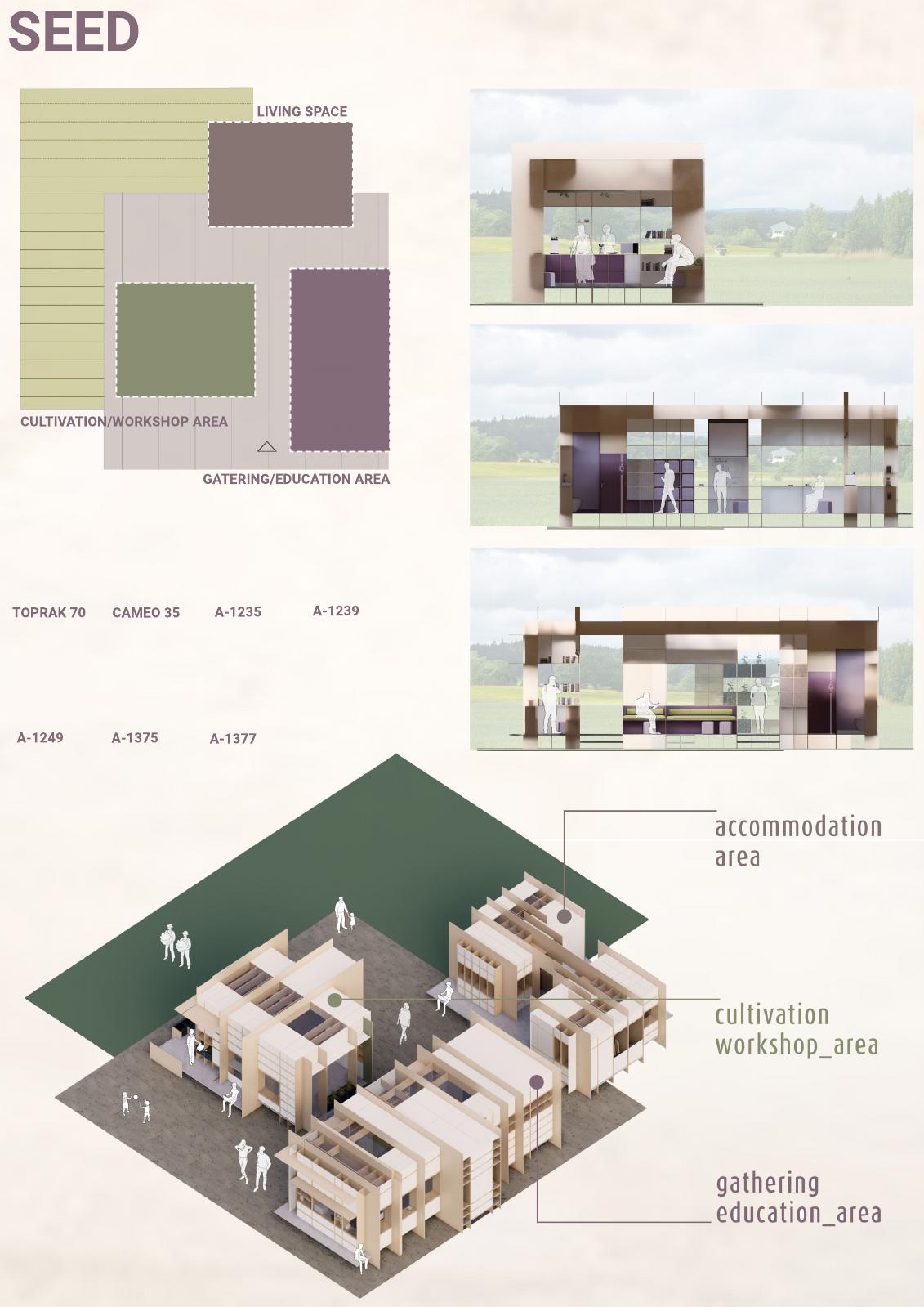

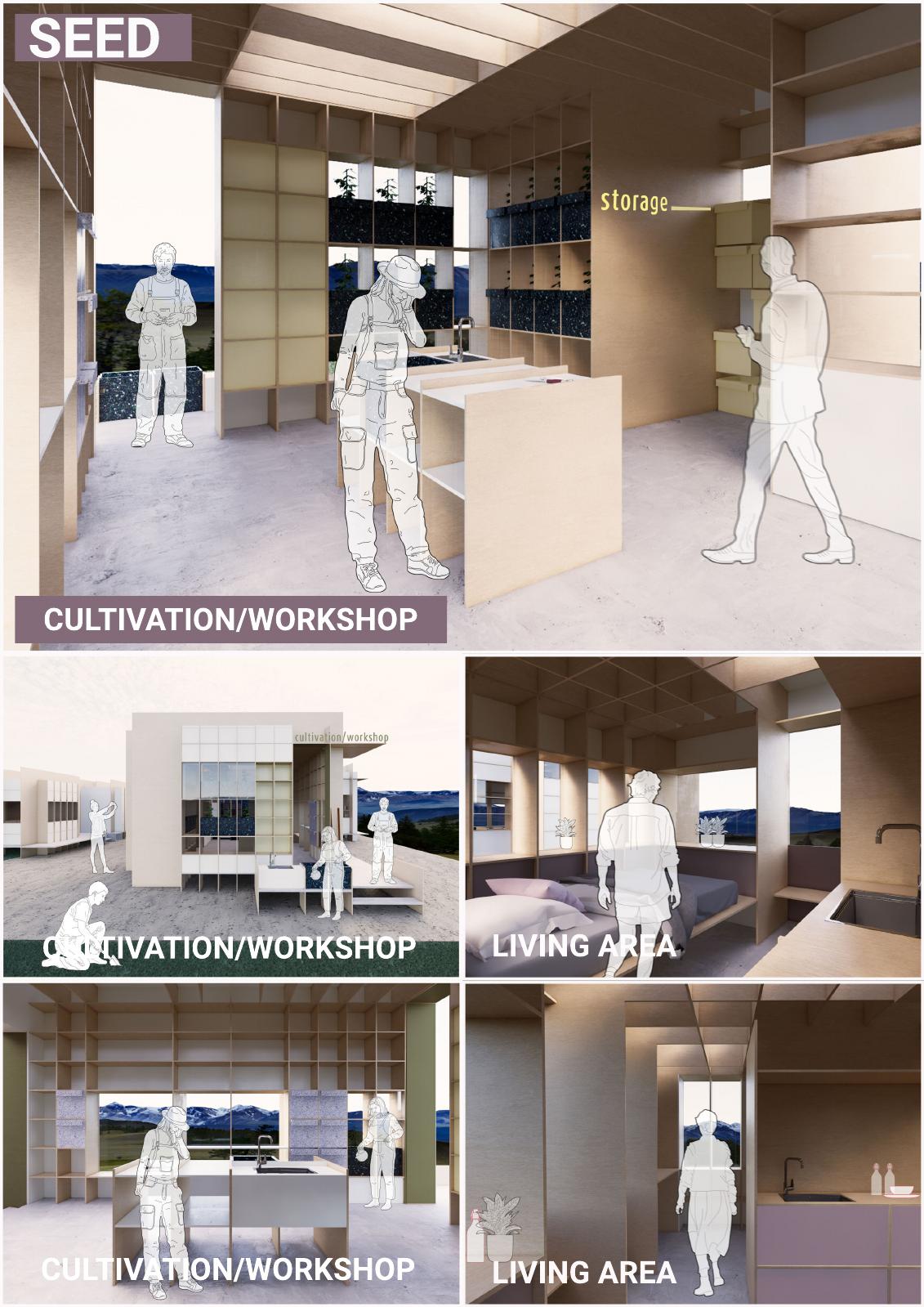
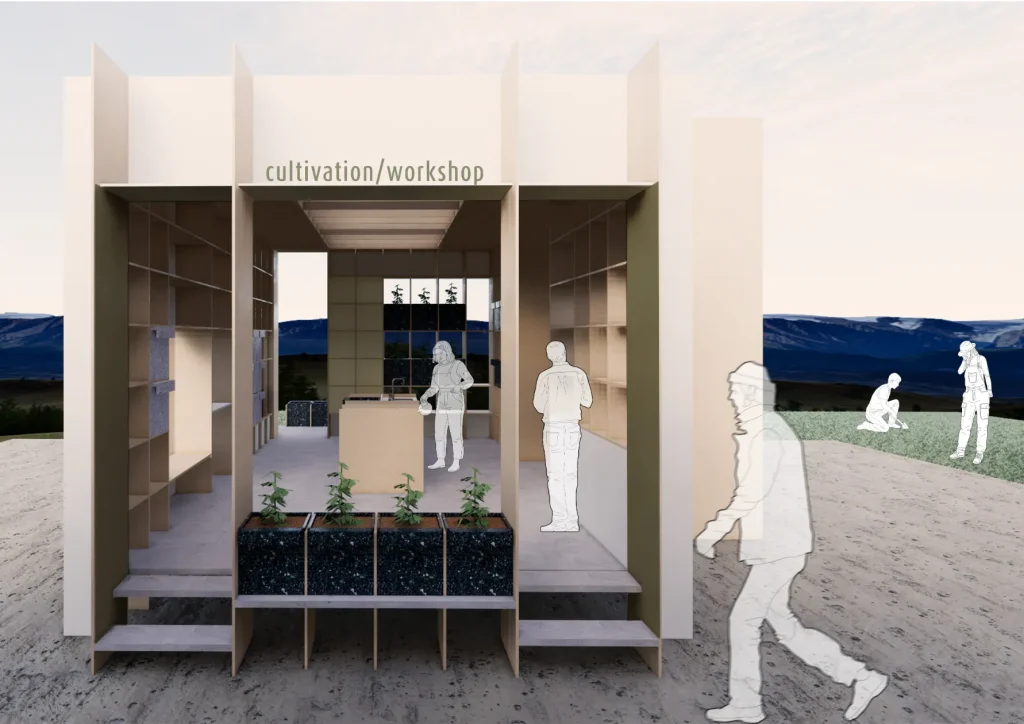
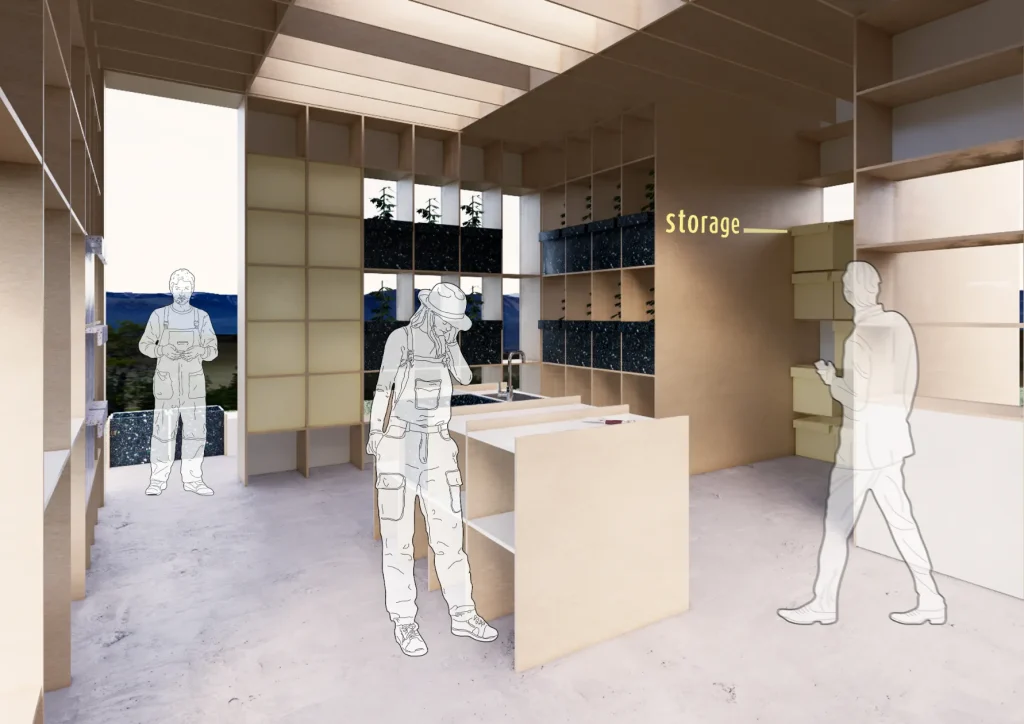
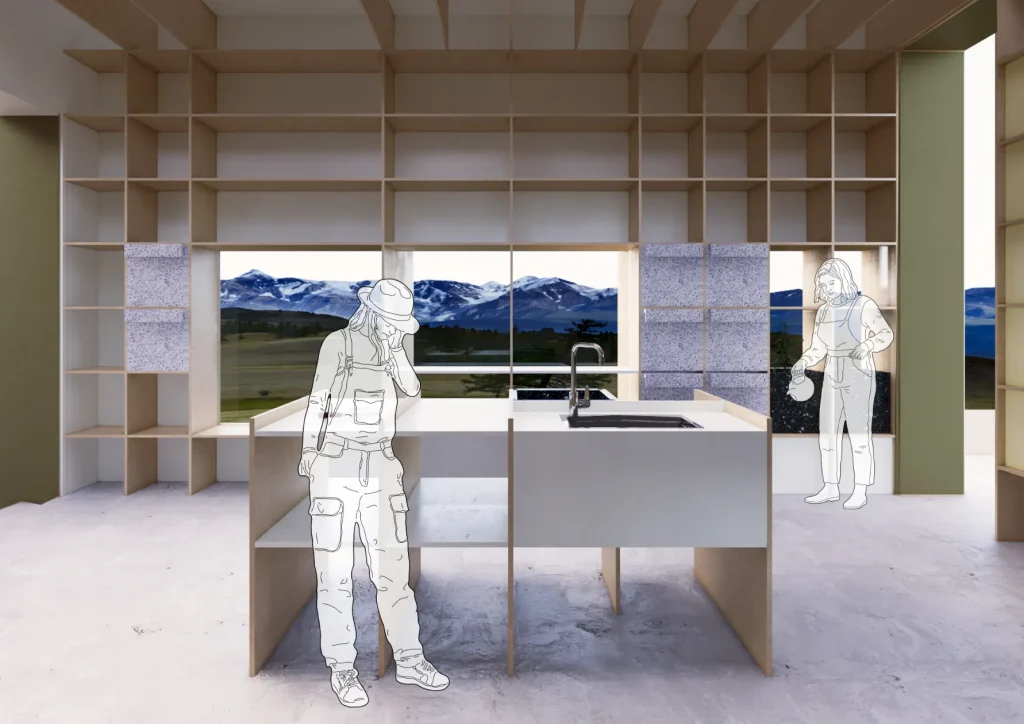
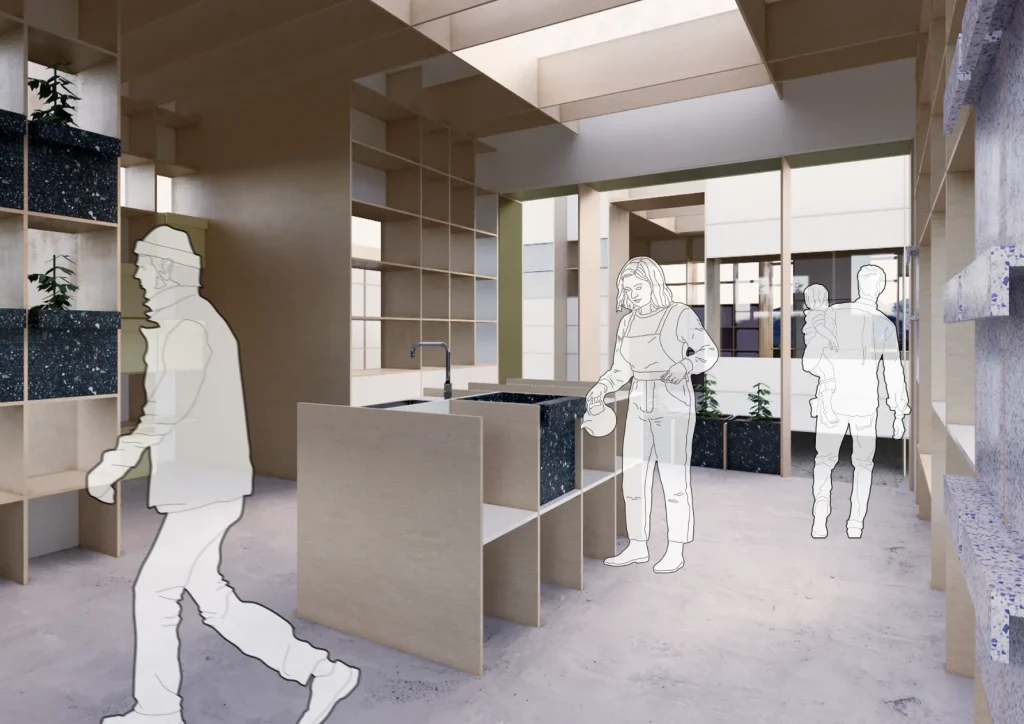
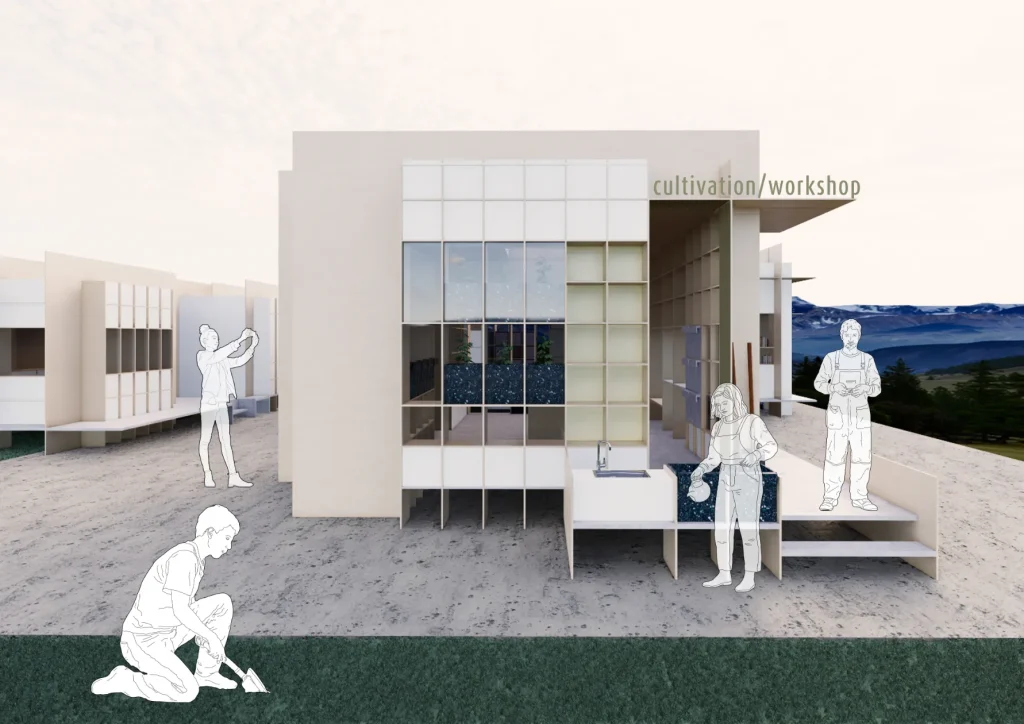
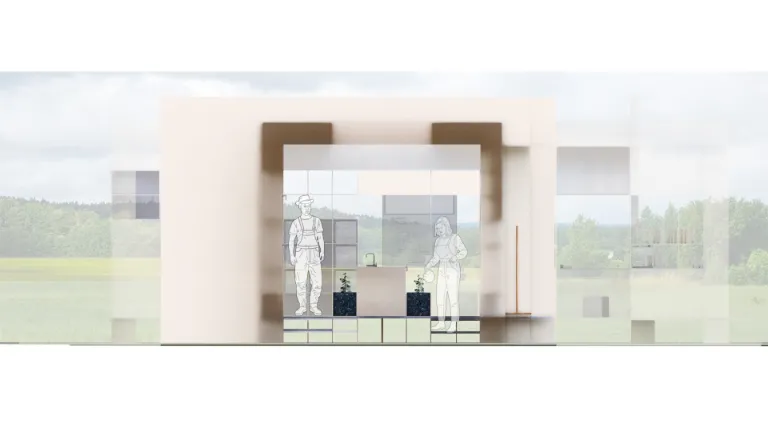
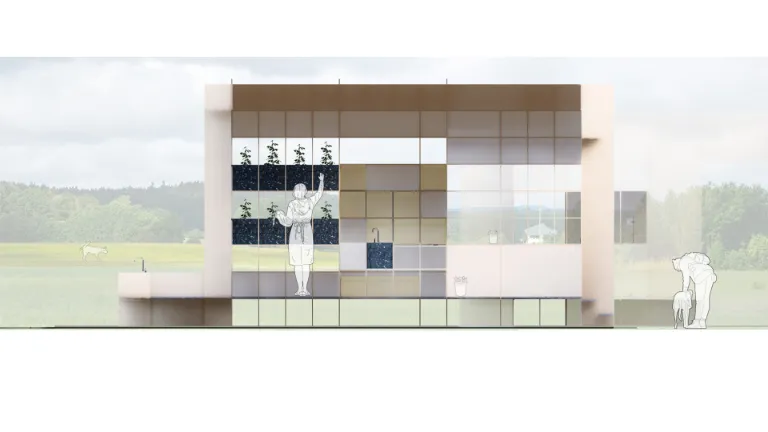


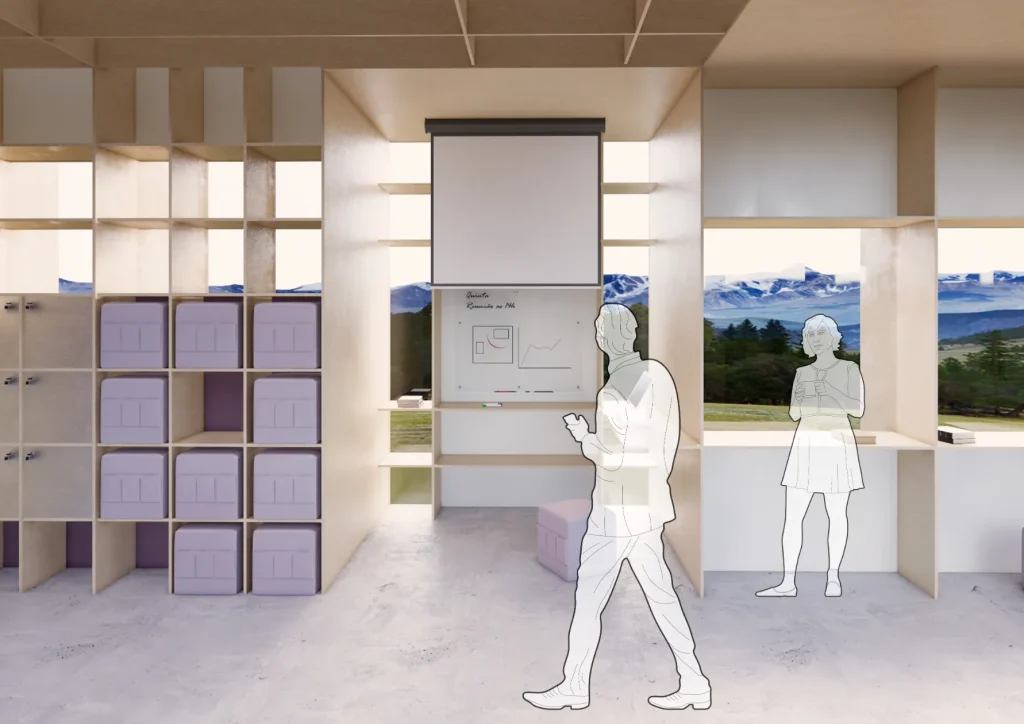

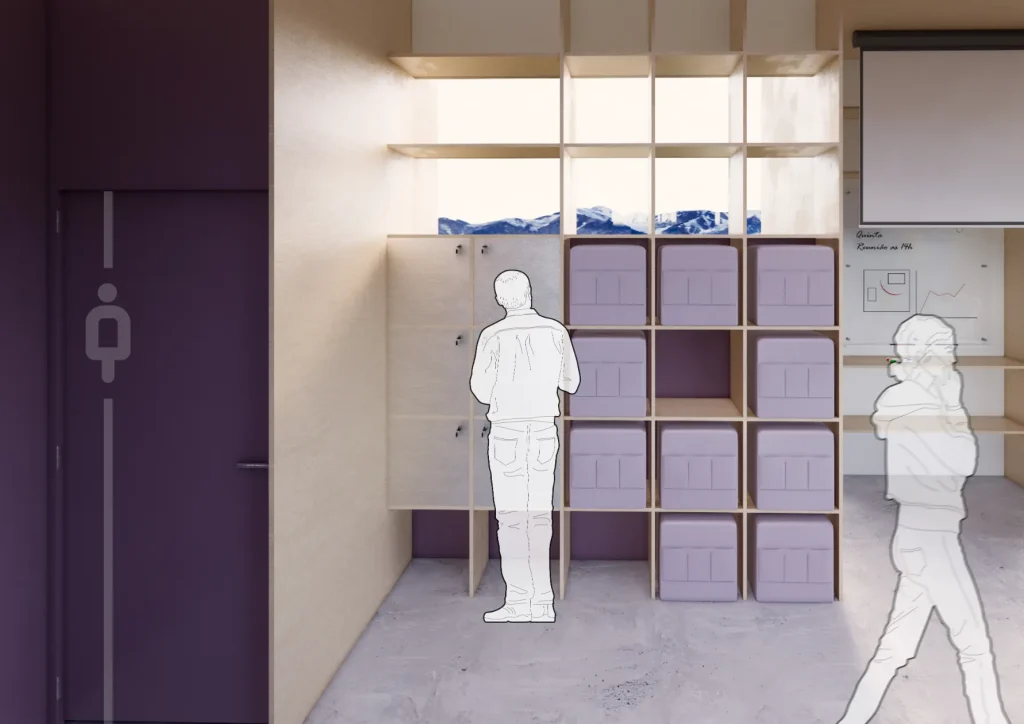

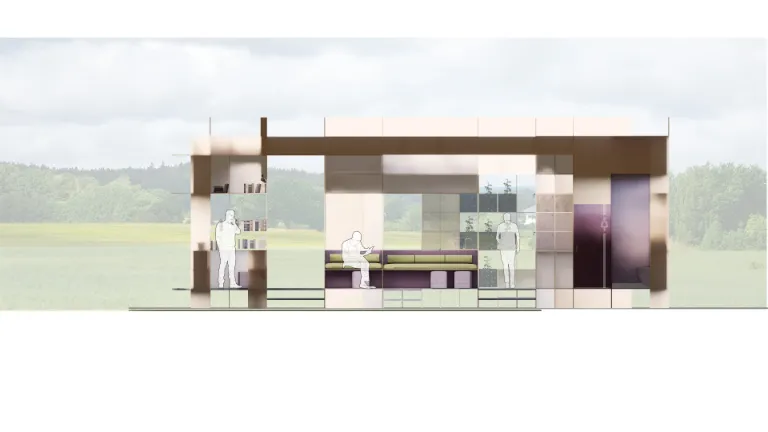


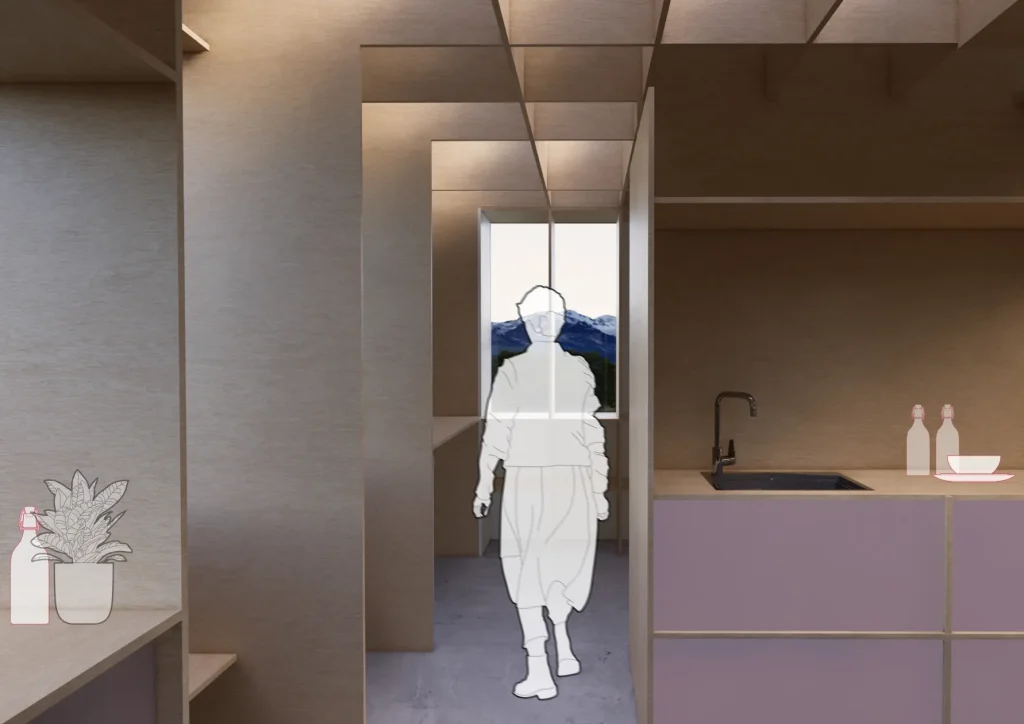
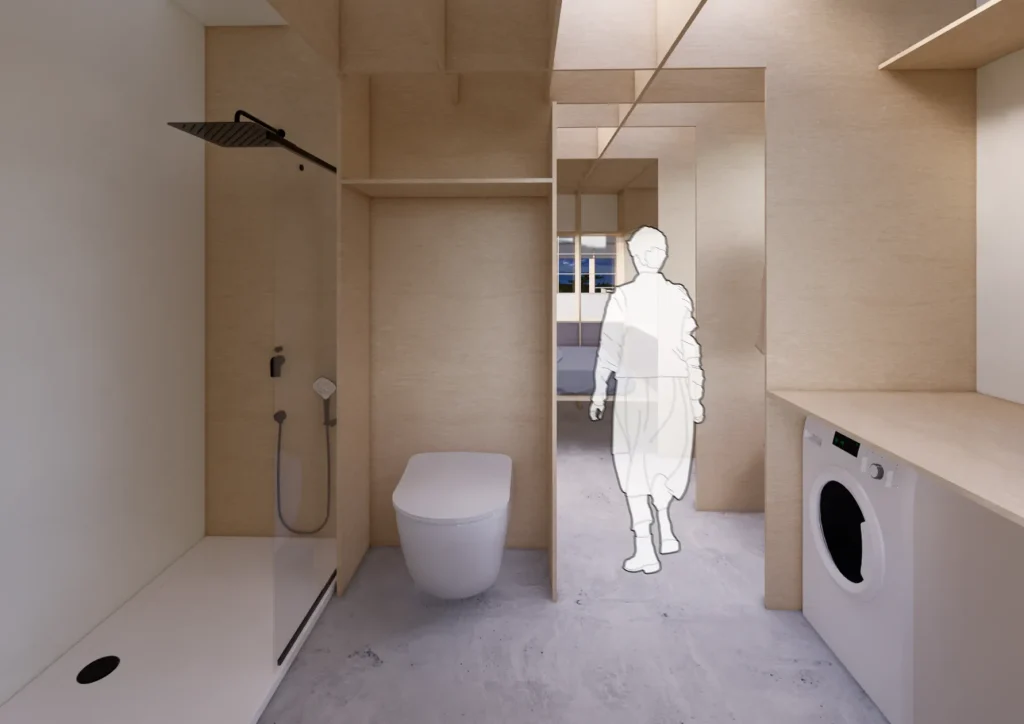
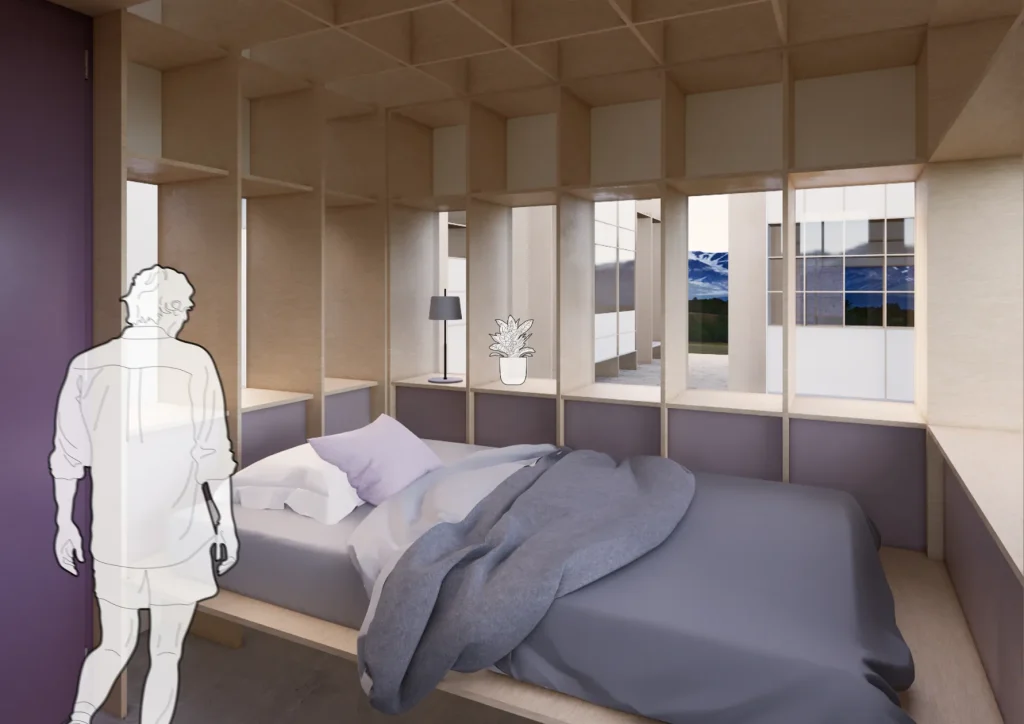

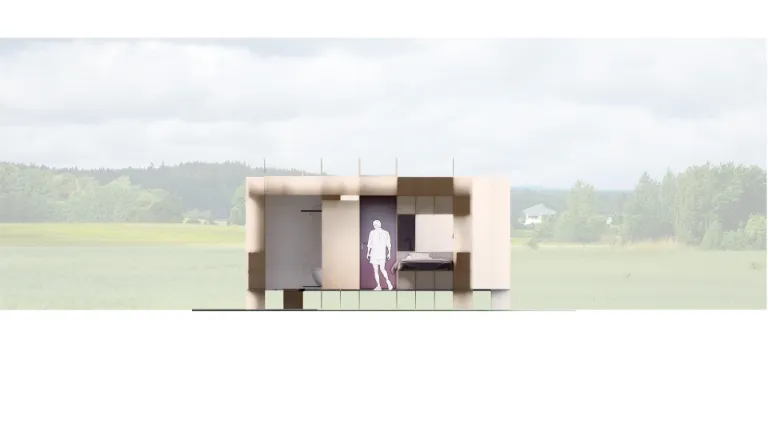
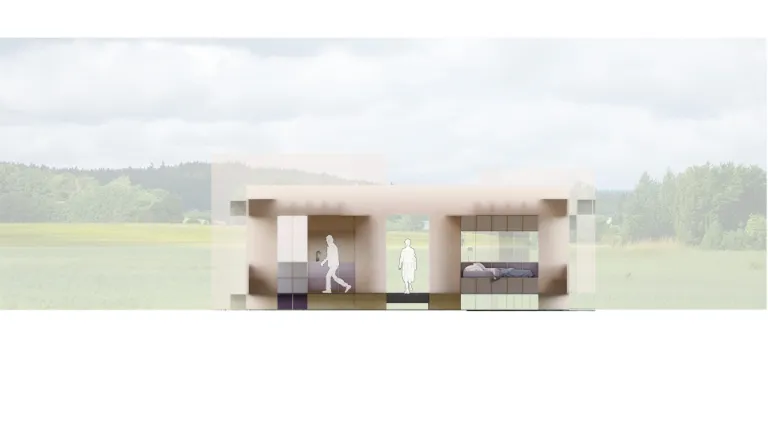
Showcase your design to an international audience
SUBMIT NOW
Image: Agrapolis Urban Permaculture Farm by David Johanes Palar
Top
SEED:A Salep Orchid Cultivation Center to Support a Sustainable Production Ecosystem SEED is a community center that offers an educational and nature-friendly architectural approach for the protection and sustainable production of the salep orchid plant, an endemic species in Türkiye. Seed means seed and is composed of the initials of the main themes of the project, namely sustainability, endemic/ecological, education, diversity/development goals thus emphasizing the multilayered structure of the project. Salep orchid, a type of orchid, has an important place in Türkiye‘s biological diversity.In the Türkiye Plants Data System (TUBIVES) , 24 genera and 187 taxa are listed in the orchidaceae family. This rich biodiversity shows that Türkiye has significant potential in salep production. The increasing demand for salep orchid in the fields of food, beverage, medicinal and cosmetics brings about the unconscious and excessive collection of the plant from nature. However, expansion of agricultural lands, overgrazing, urbanization and climate change are shrinking the natural habitat of the salep orchid and threatening the existence of the species. The project, designed to raise social awareness about this situation and to support sustainable production, consists of a cultivation/workshop unit, a gathering/education unit and an accommodation unit. This project area is located in the Yenişarbademli district of Isparta, one of the important regions where the salep orchid plant grows naturally in Türkiye.The factors such as guiding local producers with sustainable agricultural techniques, providing economic gain and contributing to local development were decisive in the selection of this area. Training and information activities are carried out for local producers, and the cultivation of salep orchid species in a cultural environment is encouraged. Thus, it is aimed to reduce the collection pressure on natural salep orchid populations in Isparta. The tubers of the salep orchid, which is a multi-tuberous plant are harvested and collected, which is in April-May, when they turn into seeds underground.These harvested tubers are cleaned in SEED’s cultivation area/workshop and stored under suitable conditions. These tubers are seedled in the workshop in the August-September period, and planted in the center’s planting area in September -October . SEED offers a spatial setup that serves this life cycle of the salep orchid. The main element of the spatial setup is the idea of a ‘module’ designed to serve different stages of the salep orchid cultivation process. This module is articulated into a fixed structure by reproducing and forms units corresponding to three main functions.It serves different functions such as sprouting, storage and transportation in the cultivation/workshop units; sitting,storage and working in the gathering/education units; and storage, sitting, sleeping/resting in the accommodation unit. Thus modules turn into accessories that serve different purposes in each unit.With this structure, the module both produces units that create interior space and forms the outer shell at the building. The gathering/education area is the first unit that also describes the entrance at the building. In this multifunctional area, activities such as presentation, education, gathering and socializing are carried out. Trainings are organized for those who are new to salep orchid production, for interested parties visiting the center , and for local producers.Additionally, there is a small recreation area where refreshments such as coffee and tea are served and a wet area open to public use in this unit. The cultivation/workshop area is located opposite the gathering/education unit. This unit is the unit where the cultivation process of salep orchid takes place. In this unit, seeds collected from nature are first washed and sorted, and then stored under suitable conditions to be used in the next production period. At the same time, controlled sprouting of tubers is ensured in this area. There is also a sales section where producers can purchase modules to be installed on their own land. Storage and transportation processes are organized within this unit, ensuring the continuity of the production chain. Experts who are invited to the field periodically to contribute to the process provide practical training in the workshop. At the end of accommodation there are two separate single accommodation units including kitchenette and laundry. The SEED project is based on four basic principles that make up its name: sustainability, endemic and ecological sensitivity, education and diversity/development. Developed in line with these principles, the project aims to create a sustainable, endemic and ecologically based production cycle. The building, which consists of three main units, supports these principles with its spatial organisation, usage scenarios and material choices. It creates ecological awareness by focusing on the salep orchid, an endemic species, and provides an educational environment with practical training that brings together experts and producers. It also aims to support social and economic development by improving biodiversity and local producer profile.
community center | ecological | educational
























